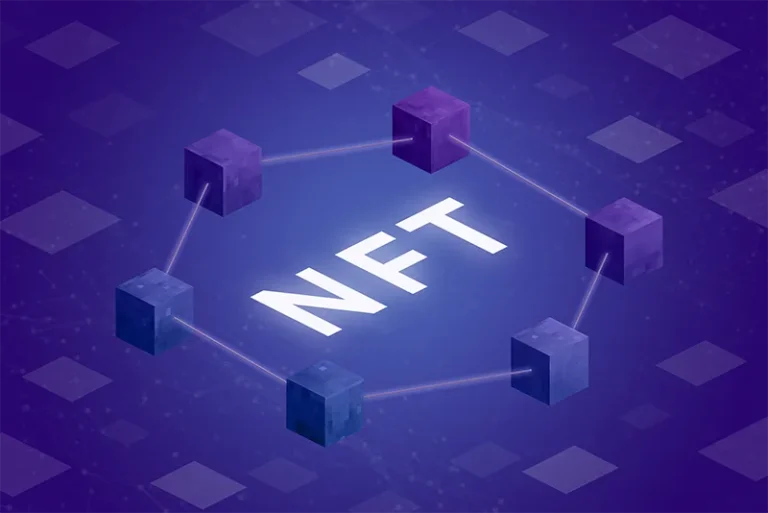
T7X Team
4 December, 2024
Tokenization is the process of converting real-world assets (RWAs) into digital tokens on a blockchain. This innovative approach allows for fractional ownership, easier transferability, and improved accessibility to assets that are traditionally illiquid or require large amounts of capital. Tokenization has become increasingly popular for assets like real estate, fine art, commodities, and even company shares. For investors, tokenized assets open up new opportunities for diversifying portfolios, while for asset owners, tokenization provides access to a wider range of investors and improves liquidity. Understanding the step-by-step process of tokenization can help in appreciating its impact on both businesses and investors.
Step 1: Identifying and Valuing the Asset
The first step in the tokenization process is identifying the asset to be tokenized. The asset can be any physical or tangible item with value, such as real estate, gold, artwork, or even high-value equipment. Once identified, the asset is appraised and valued to establish its worth. Accurate valuation is crucial, as it will determine the value of each token issued and influence investor confidence. Valuation is typically conducted by third-party professionals who specialize in appraising the specific type of asset to ensure transparency and accuracy.
For example, if a property is appraised at $10 million, the value will serve as a reference to decide the number and price of tokens that will represent fractional ownership of that property.
Step 2: Structuring the Token
The next step involves creating a token structure that aligns with the asset’s characteristics and the goals of the tokenization project. Token structuring determines how many tokens will represent the asset and what rights each token confers. In most cases, tokens represent fractional ownership, meaning each token is a share of the asset. However, the structure can vary based on factors like asset type, investment objectives, and investor preferences.
For instance, a real estate asset worth $10 million could be divided into 100,000 tokens, with each token valued at $100. In this case, purchasing one token would grant an investor a 0.001% share of the property. The token structure can also include specific rights, such as voting rights, profit-sharing, or access privileges, which are typically documented in a legal agreement.
Step 3: Setting Up a Legal Framework
Tokenization requires a well-defined legal framework to ensure compliance with regulations and protect both the asset owner and investors. This step is critical as tokenization involves converting ownership into a digital form, and each jurisdiction has specific laws governing securities, property, and digital assets.
In many cases, tokenized assets are treated as securities, requiring compliance with securities laws. To address this, asset owners often collaborate with legal experts to create a framework that clarifies the rights, responsibilities, and legal status of each token holder. This framework might include contracts, shareholder agreements, or profit-sharing terms embedded in smart contracts on the blockchain, automating payments and transfers based on predefined rules.
Step 4: Issuing Tokens on a Blockchain Platform
Once the legal framework is in place, the asset is tokenized by issuing digital tokens on a blockchain. Platforms like Ethereum, Polygon, or Binance Smart Chain provide the infrastructure for token creation, issuance, and trading. Smart contracts handle issuance, transfer, and compliance requirements. Each token is traceable, ensuring clear ownership and secure, transparent transactions. After issuance, tokens are distributed to initial investors or listed on digital marketplaces, where holdings and performance can be verified on-chain.
Step 5: Managing and Trading Tokens
Once issued, tokenized assets can be traded on secondary markets, enhancing liquidity compared to traditional assets. Trading paths include direct sales between wallets, listings on digital exchanges and DEXs for continuous price discovery, and private peer-to-peer transfers. Specialized platforms (e.g., for real estate) enable faster transactions and global market access.
Step 6: Managing Asset Income and Compliance
If the tokenized asset generates income (rent, royalties, profits), smart contracts can automate proportional payouts to token holders. Ongoing compliance is enforced with KYC/AML checks, investor whitelisting, and audits to ensure only verified participants can transact, keeping the ecosystem secure and legally sound.
Step 7: Transferring Ownership and Exiting Investments
Ownership transfer is simplified to token transfers on-chain, replacing paperwork-heavy processes. Investors can exit via marketplace sales, exchange listings, or private transfers. As secondary markets mature, liquidity and exit options improve further.
Benefits and Future of Tokenization
Fractional Ownership: Enables small-amount participation in high-value assets.
Increased Liquidity: Converts illiquid assets into tradable digital shares.
Transparency and Security: Immutable on-chain ownership and transaction history.
Global Access: Opens assets to worldwide investors for broader diversification.
With growing blockchain adoption and clearer regulation, tokenization is poised to transform how assets are owned, traded, and managed—making markets more inclusive, efficient, and transparent.
Search here
Related post
Category
Let's Build the Future Together.




